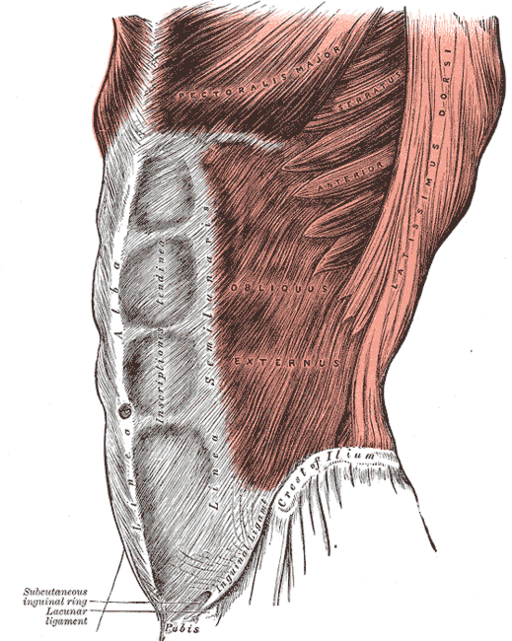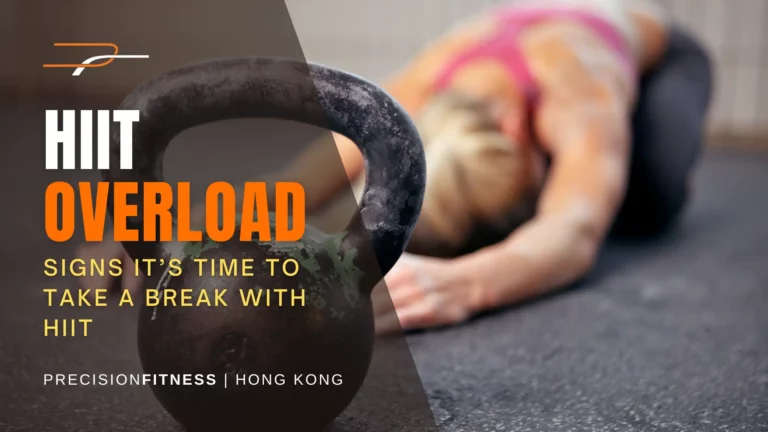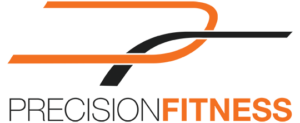Strength Workout: The Core

We tend to assume that the plank and sit ups are the holy grails of core training and core strength.
While these are indeed powerful exercises in the right circumstances, there are a far wider variety of core-strengthening exercises available.
In this article, we explore how to strengthen the core, covering:
- The anatomy of the core
- The importance of strengthening the core
- A kick-ass workout and movement to work that core.
Anatomy of the core
The ‘core’ typically refers to the body’s midsection and the muscles surrounding its front, back and sides.
These muscles combine to provide the strength and flexibility required to perform a multitude of daily functions, from breathing, to bending, leaning, bracing, drinking, swimming and sleeping. In particular, the core provides protection and stabilisation to the spine while the arms and legs are in motion.

The major muscles of the core include:
the pelvic floor muscles (supporting the pelvis)
the transversus abdominis (the innermost abdominal muscle)
the multifidus (the fleshy muscles running up either side of the spine)
the obliques (helpful with rotation)
the rectus abdominis (the 6 pack)
the erector spinae (a group of muscles running up the length of the spine)
the longissimus thoracis (deep muscles of the back)
the diaphram (the breathing muscle).
Why you should strengthen your core
Most fitness instructors pay a lot of attention to core workouts – and for good reason. This is the ‘core’ we’re talking about after all – the core part of our body at the heart of most body actions.
Developing core strength brings about a range of benefits, including:
greater protection and stabilisation for your torso
reduced risk of injury during all kinds of daily actions
greater endurance and less muscle fatigue
improved posture.
You’ll also find that regular core workouts can have a compound effect – enabling you to get more out of workouts of other muscle groups with a lesser risk of injury.
Core-strengthening workout
Main workout: Farmer’s Carries
Remember the last time you carried heavy groceries home? Or perhaps you’ve done some travelling with a heavy backpack? Both of these are examples of ‘loaded carries’.
Loaded carries are extremely underrated.
They strengthen the core in functional movements and patterns, with the additional benefit of improving your posture. Before long, you’ll notice that when picking heavy things up, you stand tall and strong without thinking – lifting with greater ease and better technique.
Plan of attack:
We’ll be going heavy and building up the distance you carry over time.
If you don’t have a lot of space, go outside. If you need to, go with shuttles and if you’re feeling really adventurous jump on a treadmill.
The idea here is that over time, you’ll be carrying the heavy dumbbells or kettlebells further and further. When you can carry around 50m without stopping, then it’s time to bump the weight up.
What equipment you’ll need:
You’ll need two heavy kettlebells or dumbbells. If you don’t have access to these, load up two backpacks or two suitcases with whatever you can find (e.g. canned food, water bottles, clothing).
Here’s what to do:
Choose a weight where walking 10m is a challenge and it’s hard to walk in a straight line or a consistent speed.
Pick the bells up and walk as far as you can while maintaining an upright posture. Focus on walking in a straight line and look in the direction you are walking.
When you can no longer maintain a tall posture, put the weights down in a safe manner and rest 60 seconds.
Repeat for a total of 3-5 times.
Post-workout: Cat/Camel
Holding heavy objects is going to place strain on your spine and you may feel like you’re being pulled towards the ground. In fact, during heavy lifting your spine is being compressed.
So we’re going to do the Cat/Camel as a way of decompressing the spine and bringing some movement through the system again.
Complete a total of 9 cycles of the Cat/Camel, as per the video below.
Feeling good about the Cat/Camel? Add it to your daily stretches and your back will be feeling great!
What’s next?
As you progress and get stronger in the Farmer’s Carry, feel free to experiment with other carry variations – for example, the Suitcase Carry and the Waiter’s Carry.
These are super simple exercises that are great for bringing about a strong core in a real-life, functional manner.
Use the same format as above, starting heavy and building up distance over time, and you’ll develop a solid core in no time.
More from the Strength Workout series:

How to Keep Your Weekends from Sabotaging Your Fitness Goals
Struggling to stay on track with your fitness goals over the weekend? You’re not alone! In this post, we dive into “Weekenditis” and share simple strategies to help you avoid weekend overeating and keep your progress on track.

Debunking Alcohol Myths: What Every Busy Professional Needs to Know
Let’s debunk some common alcohol myths and reveal the science-backed truths that might make you reconsider that next drink—especially if you’re serious about your health and fitness goals.

The Perfect Workout: Precision Fitness Edition
At Precision Fitness, we’re always refining our approach to create the best possible experience for our members. While “perfect” might be a lofty term, we believe there’s an optimal workout structure that aligns with individual goals, especially in a supportive, non-intimidating environment like ours.
10 Tips to Freshen Up in 15 Minutes After Your Sweaty Workout
As active people in Hong Kong pursuing health and fitness, we often have packed days. Here are some tips to keep the glow and lose

HIIT Overload: Signs It’s Time to Take a Break with HIIT
Share: Only doing HIIT workouts is like only driving your car at 9000 rpm. Not only is it hard on the engine, but you’ll decrease

Protein for Muscle Growth: A Beginner’s Guide For Maximum Gains
Share: Embarking on a muscle-building journey can be both exciting and bewildering. Protein—a nutrient as vital as the weights you lift—is often shrouded in mystery.

